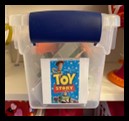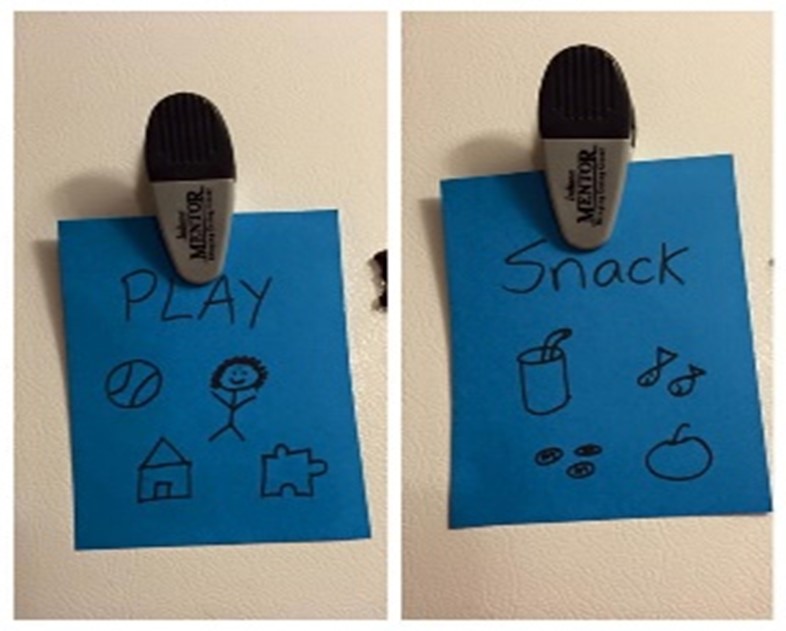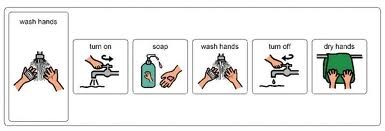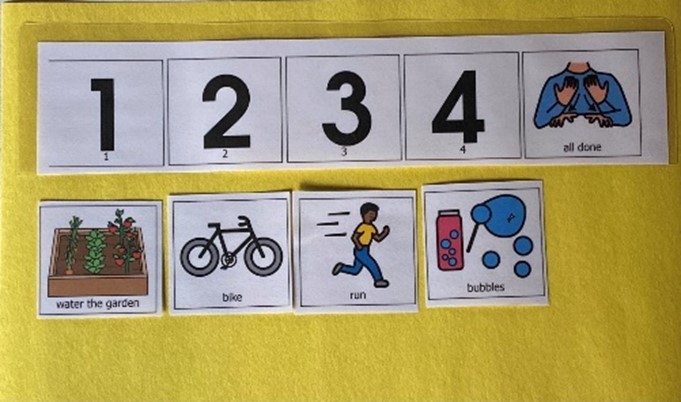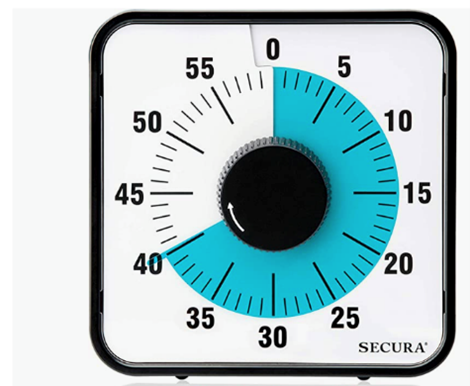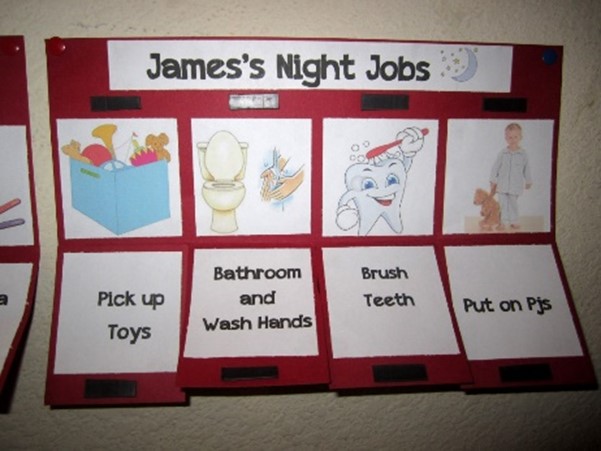Visual Support Tips: Video Summary
Many adults teach their children by telling them what to do and how to do it. This way of teaching does not match the way autistic children learn. Children with autism learn best when they see what are supposed to learn.
- Teach your child how to do activities by using pictures and words that give step by step instructions. These visuals also necessary remind your child of the steps to follow. Think of these visuals as preparing your child to use a to do list when they are older.
- Visuals can be used throughout your house.
- In the bathroom, a visual over the sink can show the steps in washing hands. Another can show the steps in brushing teeth. A visual near the toilet shows how to use it and wipe.
- In the kitchen, a placemat shows where to place the cup, bowl, and silverware. A line on the bowl shows how far to fill it up with cereal.
- Use a visual list. A visual list is a list of activities that the child needs to do. The last activity is usually something that is fun or reinforcing for your child. The activities can be shown in pictures, drawings, and words.
- Use a Visual Timer. Many children with autism have difficulty understand the concept of time. The visual timer shows time in a colorful way. It is an easy way for children, even those who do not read, to begin to understand things, such as “How much time until dinner?” or “How much time do I have on my electronics?”.


